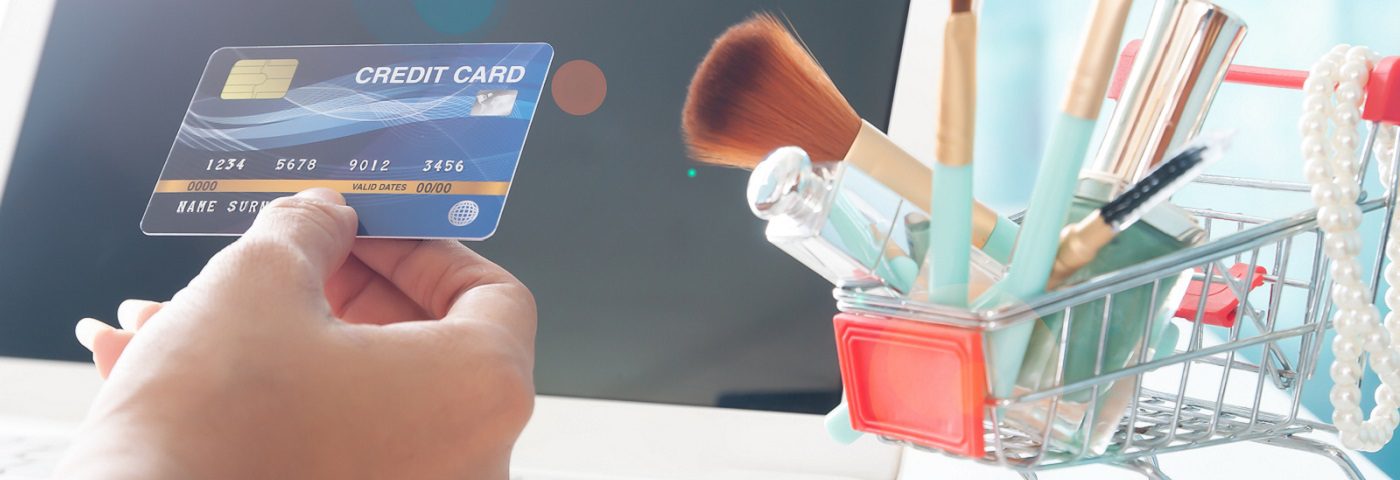By Kayla Villena, Senior Beauty Analyst, Euromonitor International
The COVID-19 pandemic will pose unprecedented challenges for the beauty industry in 2020 and beyond. Lockdown measures, business, and school closures, and travel bans created fewer social occasions, affecting the aesthetic side of beauty, tourist spending, and overall beauty routines.
The pandemic accelerated e-commerce, click-and-collect, frictionless retail, and direct-to-consumer trends, which have already brought disruption to the beauty and personal care industry in North America. The impact of COVID-19 presents both distribution challenges but also opportunities as channel strategies evolve to meet changing consumer needs.
E-commerce beauty and personal care sales grew 17% in 2019 to reach $14.7 billion, according to Euromonitor International, but retail restrictions currently in place in North America will fast-track the shift to digital.
According to Euromonitor International’s COVID-19 Voice of the Industry Survey conducted in April 2020, 72% of industry professionals reported that their online sales have somewhat or greatly increased since March 2020.
Most industry professionals expect shopping online to become a permanent preference post-COVID-19. Approximately 35% of respondents are currently planning for a retail channel shift towards online within the next six months. This shift presents a significant implication for beauty retailers that have traditionally relied on in-person shopping for product discovery, such as color cosmetics and skincare, and now must pivot to contactless retailing.
Leading beauty specialist retailers in the U.S., Ulta Beauty, is offering a click-and-collect option either through in-store pickup or drive-up collection. The retailer is also eliminating product sampling, underscoring a greater need for virtual try-on, subscription samples, or augmented reality—either from retailers or beauty brands—to compensate for the lack of sensorial testing.
Home collections for returns, return by mail and free sampling programs, among other features, are areas of growth for beauty players since consumers’ online behaviors will likely solidify during the pandemic. Shoppers Drug Mart, the leading beauty retailer in Canada, is no longer accepting in-store returns and is waiving the fee to accept returns by mail.
Delivery speed will be another metric of focus. Mass merchandiser Target already used stores as micro-fulfillment centers for same-day shipping before the pandemic. For retailers who have had to shut down in-store operations, same-day fulfillment could add value, especially for beauty specialist retailers like Ulta Beauty and Sephora who have robust customer loyalty programs.
Department stores, however, have been struggling to establish themselves as a key destination for beauty products. Expanding e-commerce strategies like click-and-collect options and same-day fulfillment through local stores may help cut costs, at least in the short term. In the long term, enhanced use of immersive technologies, augmented reality and virtual reality, among others, is expected to become standard given the discretionary nature and leisure component of shopping for beauty and personal care products.
Sustained operations by mass-market channels and a diversion to e-commerce will soften the impact on the North American beauty and personal care industry. However, these channels will not likely offset overall sales declines. Euromonitor International estimates a decline of -0.3% in the North American beauty and personal market in 2020. A newly redefined retail landscape may aid mass categories that have struggled while challenging the previously fast-growing premium beauty segment.
Though uncertainties remain, beauty and personal care brands and retailers must be agile and open to new distribution and engagement strategies, as consumers face economic and environmental volatility.
Join our webinar Breaking Beauty – Why every brand needs an Amazon strategy in 2020 to learn how to thrive on the world’s largest beauty marketplace.

